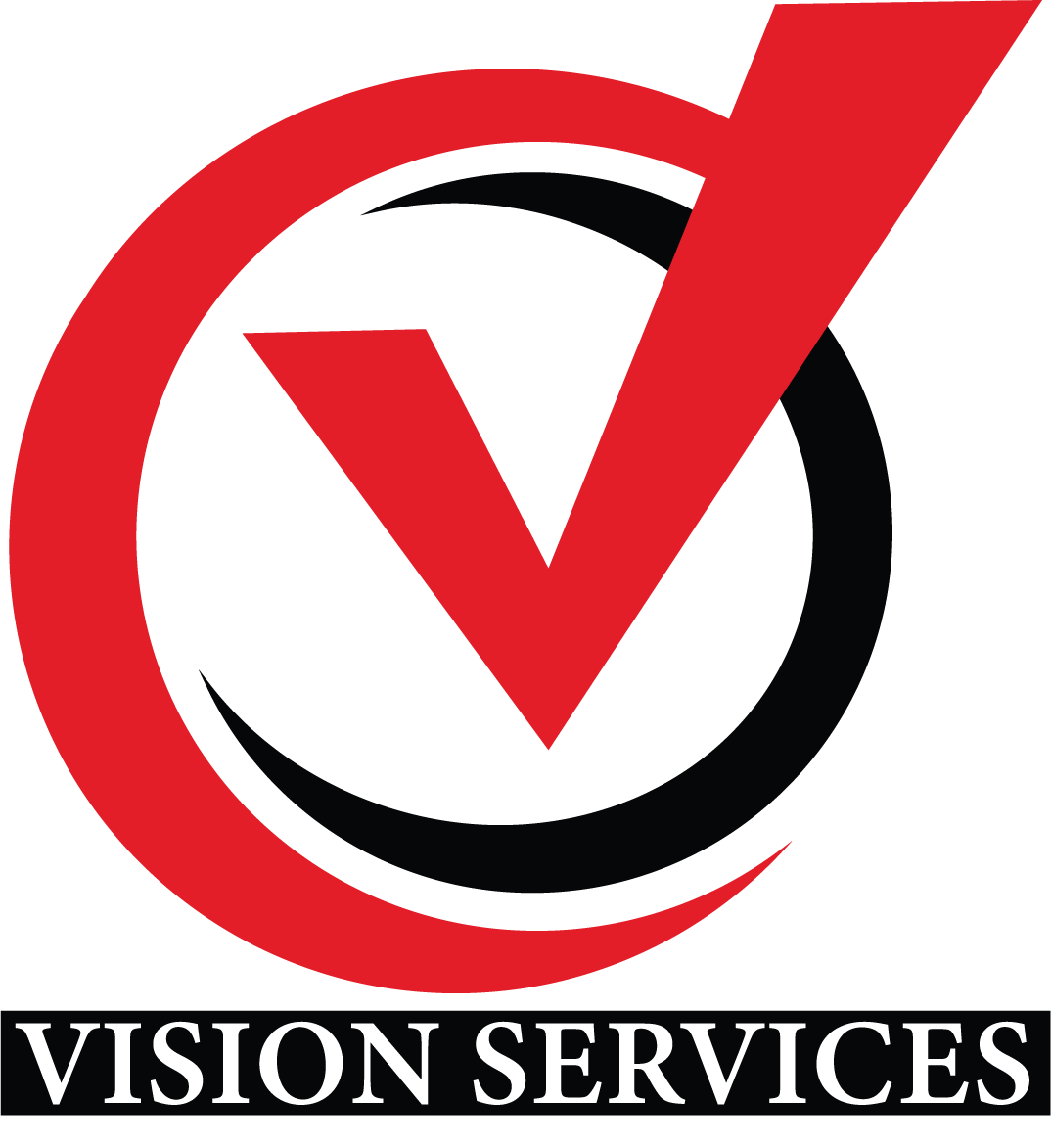In today’s interconnected world, diversity is not just a moral or social goal—it’s a competitive advantage. Teams built from diverse backgrounds bring a wider range of ideas, experiences, and perspectives. Yet, diversity alone doesn’t guarantee success; it’s collaboration that transforms differences into strength.
Fostering collaboration between diverse teams means creating an environment where every voice is heard, respected, and valued. It’s about bridging differences, encouraging empathy, and aligning unique strengths toward common goals. Organizations that master this balance unlock innovation, agility, and trust that fuel long-term success.
1. The Power of Diversity in the Modern Workplace
Diversity extends beyond ethnicity or gender—it includes varied thinking styles, experiences, education, age, and even problem-solving approaches. When teams bring together individuals from different walks of life, they challenge each other’s assumptions and stimulate creative thinking.
Research consistently shows that diverse teams outperform homogeneous ones, particularly in innovation and decision-making. The reason is simple: when perspectives collide constructively, ideas evolve. But diversity without collaboration can also create friction. That’s why nurturing inclusion and teamwork is essential—it converts diversity into direction.
2. Creating a Culture of Inclusion
Inclusion is the foundation upon which collaboration thrives. It’s not enough to simply employ people from diverse backgrounds; organizations must ensure they feel genuinely included in conversations and decisions.
Inclusive cultures are built on three pillars: respect, psychological safety, and shared ownership. Employees must feel safe to express opinions without fear of criticism or exclusion. Leaders must actively listen, encourage dialogue, and ensure equal participation in team discussions.
When people feel respected and included, they contribute their full creativity and energy. That’s when diversity becomes a true organizational asset.
3. Leadership’s Role in Building Collaborative Diversity
Leaders set the tone for collaboration. They act as connectors who align teams around shared goals while valuing individual differences. Strong leaders understand that collaboration doesn’t mean uniformity—it means integration of varied strengths.
They model inclusive behaviors—seeking diverse opinions, facilitating balanced meetings, and addressing unconscious bias. They ensure that recognition and visibility are distributed fairly across all team members.
Leaders who prioritize open communication and empathy inspire trust, turning diversity into a driver of engagement and innovation.
4. Overcoming Communication Barriers
Diverse teams often face communication challenges. Cultural nuances, language differences, and varied communication styles can create misunderstandings. To overcome this, teams must establish clarity and openness as communication norms.
Practical strategies include:
- Active listening: Ensuring everyone feels heard before responding.
- Visual collaboration tools: Using shared digital platforms (like Miro or Slack) to reduce linguistic gaps.
- Regular check-ins: Allowing space to clarify assumptions and build understanding.
When communication flows smoothly, diversity stops being a barrier and becomes a bridge to deeper collaboration.
5. Shared Goals and Common Purpose
Collaboration flourishes when teams rally around a shared purpose. Setting clear, measurable goals that transcend personal or departmental differences aligns diverse members toward a common mission.
Purpose-driven collaboration removes the “us versus them” mentality. When everyone understands how their contributions support the larger objective, teamwork becomes natural. Leaders should regularly reinforce the “why” behind projects, helping individuals connect their work to organizational impact.
This shared sense of purpose transforms diversity into synergy—every difference becomes part of a larger solution.
6. Leveraging Strengths Through Role Clarity
Diversity introduces varied talents and skills. To harness these effectively, leaders must define clear roles while encouraging cross-functional input. When people understand both their responsibilities and how others contribute, they collaborate with empathy and efficiency.
Role clarity prevents overlaps and conflicts. It ensures accountability without micromanagement. Additionally, rotating roles in collaborative projects exposes team members to different perspectives, building appreciation for others’ strengths.
The result is a well-balanced team that values complementarity over competition.
7. Building Psychological Safety
Psychological safety—the belief that one can take risks, ask questions, and express ideas without fear—is the bedrock of collaboration. In diverse teams, where viewpoints may differ sharply, this safety becomes even more vital.
Leaders can foster psychological safety by:
- Welcoming constructive debate.
- Encouraging feedback across all levels.
- Publicly appreciating open communication.
When employees know they can disagree respectfully, creativity flourishes. Psychological safety turns diversity into innovation, not division.
8. Encouraging Cross-Cultural Learning
Collaborative diversity thrives when team members actively learn about each other’s backgrounds and work styles. Encouraging cross-cultural learning builds empathy and curiosity instead of stereotypes.
Activities like culture-sharing sessions, global team-building exercises, or inclusive storytelling initiatives create awareness and respect. These experiences humanize differences and remind everyone that diversity enriches, not divides.
When employees celebrate one another’s cultures, collaboration becomes more organic and authentic.
9. Technology as an Enabler of Collaboration
Modern workplaces are increasingly global, with teams spanning continents. Technology bridges this physical divide and enables real-time collaboration across time zones and cultures.
Tools like Microsoft Teams, Slack, Zoom, and Asana allow diverse teams to communicate effectively, share updates, and celebrate achievements virtually. But technology should enhance human connection, not replace it.
The best digital collaboration happens when leaders blend tech tools with empathy—creating virtual spaces that feel personal, inclusive, and productive.
10. Measuring and Sustaining Collaborative Success
True collaboration is measurable. Organizations can assess its strength through engagement surveys, innovation metrics, and team performance data. Feedback loops help identify barriers early, ensuring inclusion remains dynamic.
Celebrating cross-team achievements and sharing success stories further reinforce collaborative behaviors. Recognition programs that highlight teamwork, not just individual success, sustain motivation across diverse groups.
Over time, this continuous reinforcement creates a self-sustaining culture of collaboration where diversity and unity coexist harmoniously.
11. The Role of Empathy in Diverse Collaboration
Empathy is the invisible glue of collaboration. Understanding another person’s viewpoint, even when it differs from your own, builds emotional connection and reduces conflict.
Empathetic teams communicate better, resolve disagreements faster, and innovate fearlessly. Training programs that develop emotional intelligence and cultural awareness help employees connect on a human level.
When empathy becomes part of workplace DNA, collaboration flows naturally—transcending barriers of background, role, or experience.
12. Turning Collaboration into Competitive Advantage
Diverse, collaborative teams are the engines of modern innovation. They bring together creativity, adaptability, and global awareness—qualities essential for navigating rapid change.
Companies like Google, Microsoft, and Unilever have shown that inclusive collaboration sparks breakthroughs and drives market leadership. These organizations prioritize listening, cross-functional synergy, and trust-building as core management principles.
By embracing collaboration as a strategic asset, any organization can transform diversity into a decisive advantage.
Conclusion: Diversity and Collaboration—The Future of Work
Fostering collaboration between diverse teams is not a one-time initiative; it’s an ongoing journey of listening, learning, and evolving together. Diversity without collaboration leads to division—but when inclusion and teamwork coexist, they create innovation, creativity, and resilience.
In the future of work, success will belong to organizations that not only hire diverse talent but empower them to collaborate seamlessly. Such workplaces don’t just reflect the world—they shape it.





